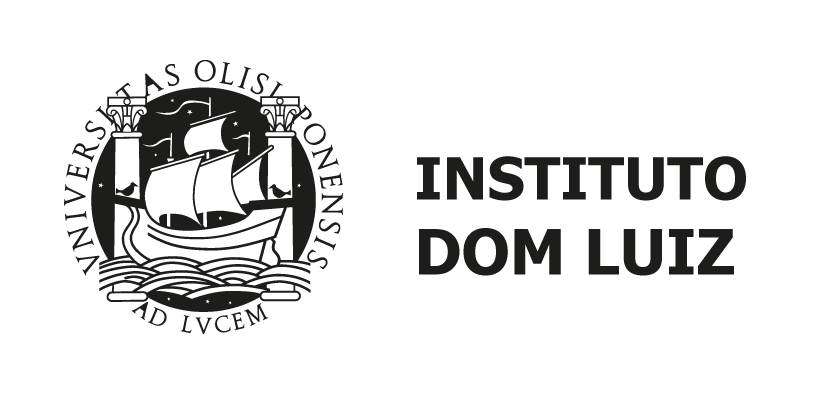Scientific Mission in Norway - Testing seismic location techniques to track whales
[fusion_builder_container hundred_percent="no" equal_height_columns="no" hide_on_mobile="small-visibility,medium-visibility,large-visibility" background_position="center center" background_repeat="no-repeat" fade="no" background_parallax="none" parallax_speed="0.3" video_aspect_ratio="16:9" video_loop="yes" video_mute="yes" overlay_opacity="0.5" border_style="solid"][fusion_builder_row][fusion_builder_column type="1_1" layout="1_1" background_position="left top" background_color="" border_size="" border_color="" border_style="solid" border_position="all" spacing="yes" background_image="" background_repeat="no-repeat" padding="" margin_top="0px" margin_bottom="0px" class="" id="" animation_type="" animation_speed="0.3" animation_direction="left" hide_on_mobile="small-visibility,medium-visibility,large-visibility" center_content="no" last="no" min_height="" hover_type="none" link=""][fusion_text]Andreia Pereira (PhD student supported by the EARTHSYSTEMS doctoral school, IDL) and José Luis Duarte (technician, IDL) participated in a research campaign around Svalbard, carried out between 10th and 27th of September. The campaign was a collaboration between Instituto Dom Luiz, Norwegian Polar Institute and the University of St. Andrews.The aim of this campaign was to attach satellite tags to fin and blue whales in order to understand their movements and their migration routes. Andreia Pereira and José Luis Duarte provided an alternative approach to track whales using seismic instruments (ocean-bottom seismometers, OBS) and location techniques. Andreia managed the study area and helped José Luis who was responsible for the OBS work, deployment and recovery processing. The main seismic location technique considered in Andreia's research is the single station method that uses the direct arrival of a signal at a single OBS. However, it has been shown to be limited to short ranges, up to a maximum that is typically the depth of the OBS (critical range) and it needs a good classification scheme to identify reliable positions. The absolute locations of the whales provided by the satellite tags will offer an excellent control dataset to Andreia's research of the single station method. In addition, it will show how seismic instruments and methods can be used for biological studies.
You can see some more images in our portfolio and a video about the mission in our youtube channel.
[/fusion_text][/fusion_builder_column][/fusion_builder_row][/fusion_builder_container]

